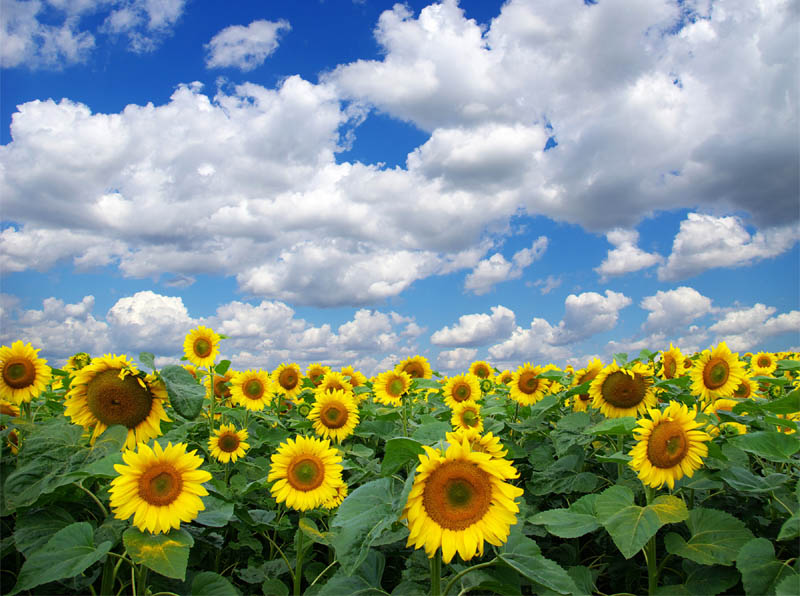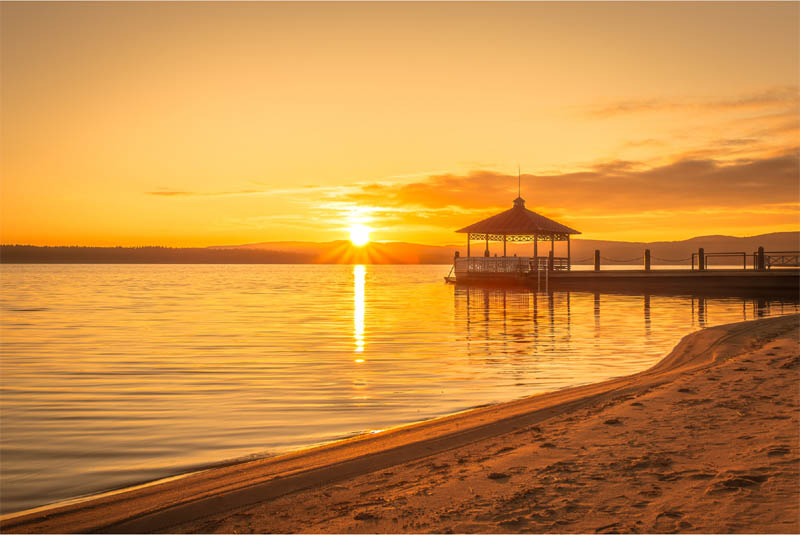
Landscape photography is a great way to capture the natural beauty of the world around us. By taking pictures of landscapes, we can preserve these scenes and share them with others.
When taking landscape photos, it’s important to find a good location with an interesting view. You may also want to try different angles to capture the scene in a unique way. It’s also important to be aware of the lighting, as this can make a big difference in how your photos turn out.

Landscape shots can be taken in any weather or light conditions. However, for the best results, it’s often best to shoot in early morning or late afternoon light during the Golden Hour. This is when the light is softer and more flattering.
You can make great landscape photos on sunny days with clear blue skies and little or no cloud cover. This will ensure that the colors in your photos are bright and vivid. On the other hand, cloudy days can also be good for landscape photography as the soft light can create a more atmospheric feel.

When photographing landscapes, be sure to pay attention to the small details as well as the big picture. By including elements like flowers, trees, rocks, or even people in your photos, you’ll add depth and dimensionality. And don’t forget to look for interesting patterns and shapes that can add visual interest to your shots.
Sunset is always a great time for landscape photography. The warm, golden light can create some stunning effects. Just be sure to pay attention to the position of the sun so that you don’t end up with silhouettes.

The best camera settings for landscape photos will vary depending on the conditions. However, in general, you’ll want to use a low ISO setting to avoid grainy photos. A small aperture (f/8 or lower) will also help to keep everything in focus. And finally, a slow shutter speed (1/60th of a second or slower) will help to capture the right amount of light.
But when you are just starting it is better to use automatic settings. You can experiment with the manual setting later once you have a better understanding of how your camera works. Select Landscape mode and your camera will automatically adjust the aperture and shutter speed to produce a well-exposed photo.

Here are some other tips for taking great landscape photos:
1. Find a good location. Look for interesting places with beautiful views.
2. Try different angles. Get close to the ground, climb up high, or experiment with different perspectives.
3. Be aware of the lighting. The time of day and weather conditions can make a big difference in how your photos turn out.
4. Use the right camera settings. A low ISO, small aperture, and slow shutter speed will help you capture great landscape photos.
5. Be patient. The best shots often come when you least expect it, so don’t be afraid to just sit and wait for a while.
6. Finally, don’t be afraid to experiment with different compositions and camera angles. The best way to learn is by trying new things, so go out and explore the world of landscape photography!
